In celebration of Black History Month, the NYSCC (New York Society of Cosmetic Chemists) presents an enriching online panel discussion on: “Formulating for Inclusion: Conscious Creation for Consumers of African Ancestry.”
Taking place, Thursday, February 18th, from 11:00 am – 12 Noon EST, this intensive webinar will feature a power panel of brand owners, scientific researchers and a dermatologist. They will discuss today’s uncharted waters of inclusion for consumers of color and address the what, why and how when formulating products for skin care, hair care, and color cosmetic.
Moderated by Sonia Dawson, Sales Manager Americas, IOI Oleo Personal Care, “Formulating for Inclusion” will include the following panelists:
-Hannah Diop, Founder/CEO, Sienna Naturals. Sienna Naturals is a clean beauty company for textured hair focused on hair and scalp health.
-Dr. Lynn McKinley-Grant, MA, MD, FAAD, is the current president of the Skin of Color Society, Associate Professor of Dermatology at Howard University College of Medicine and Adjunct Professor and former Vice Chair for Diversity and Community Engagement at Duke University School of Medicine.
-Andrew Miller, Hair Care Marketing Manager, BASF and Meg Mullen, Actives Marketing Manager, BASF
“This webinar embodies the NYSCC Chapter’s theme of “Embracing Beauty,” and will educate chemists and product development professionals on the unmet needs, key considerations, and available technologies when formulating products for this valuable consumer base,” said Susanna Fernandes, Chair, NYSCC.
To register for the online webinar, “Formulating for Inclusion,” click here. For more information about NYSCC and Suppliers’ Day, visit: www.nyscc.org.
###
About New York Society of Cosmetic Chemists (NYSCC)
Dedicated to the advancement of cosmetic science, the New York Society of Cosmetic Chemists, www.nyscc.org, strives to increase and disseminate scientific information through meetings and publications. By promoting research in cosmetic science and industry, and by setting high ethical, professional and educational standards, we reach our goal of improving the qualifications of cosmetic scientists. Our mission is to further the interests and recognition of cosmetic scientists while maintaining the confidence of the public in the cosmetic and toiletries industry. The NYSCC Suppliers’ Day in New York City is the leading North American event for beauty ingredients, formulations, and delivery innovations. Companies interested in exhibiting or sponsoring the NYSCC Suppliers’ Day should contact Jane McDermott, suppliersday@nyscc.org or call 212.786.7468.



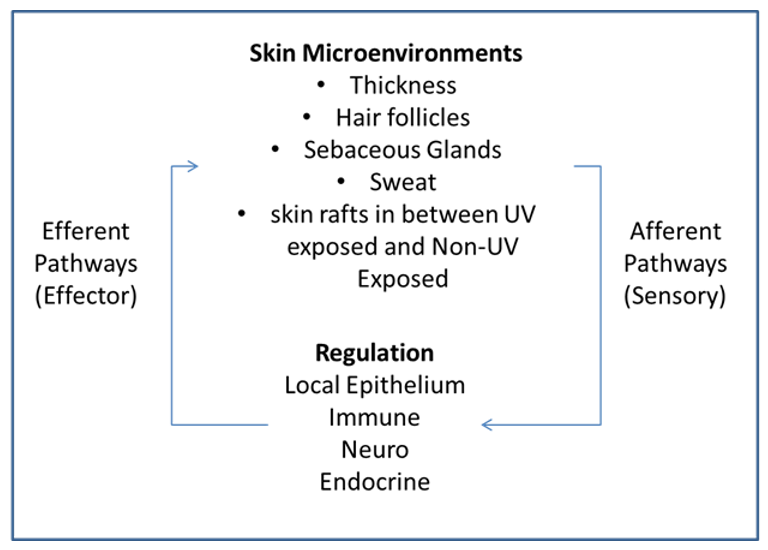
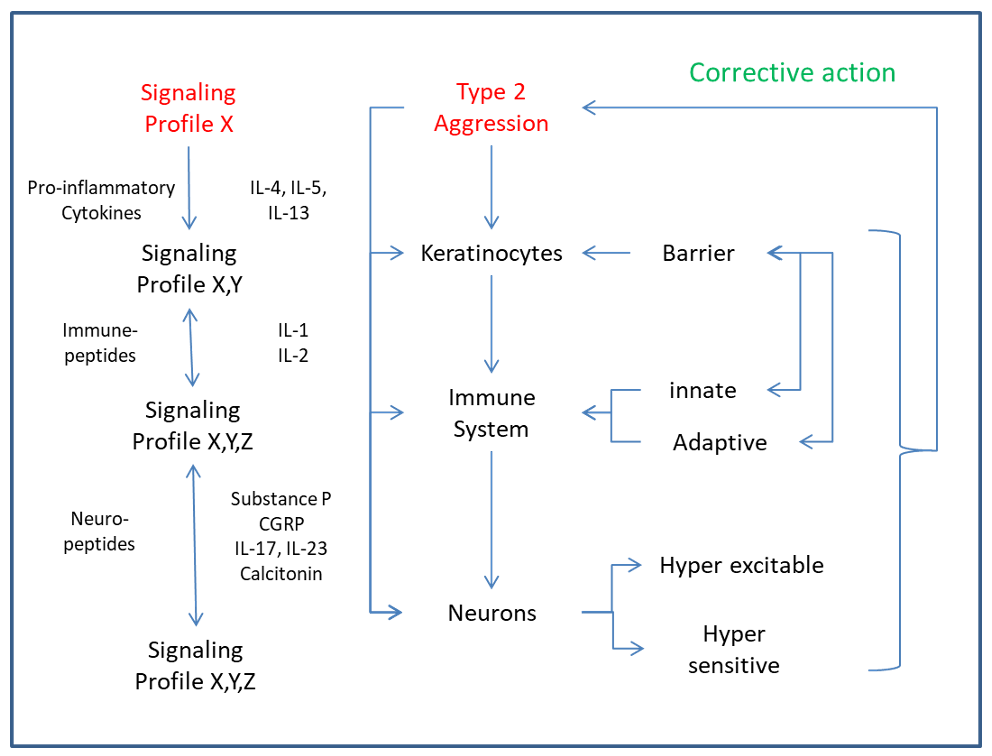
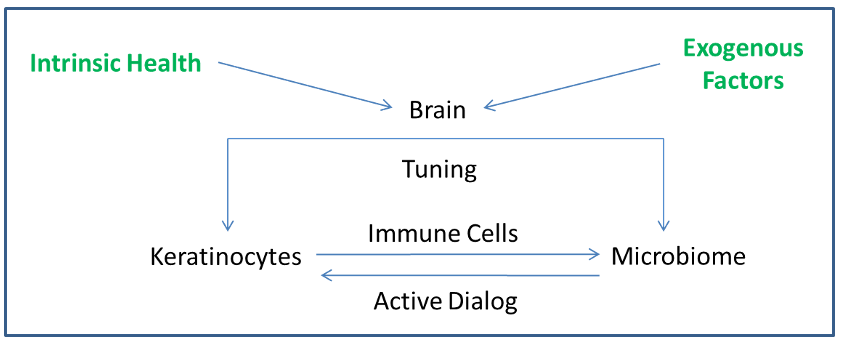


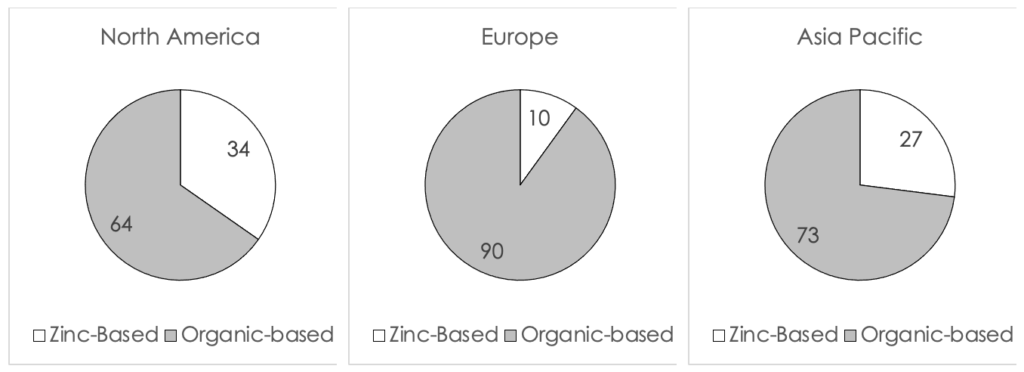
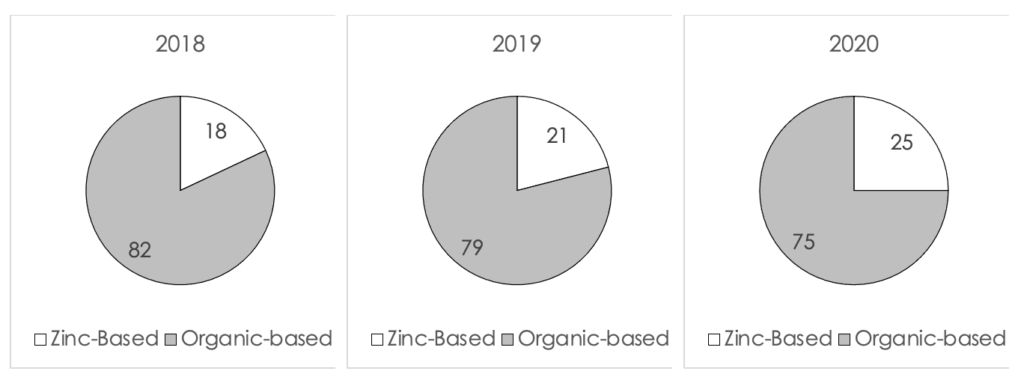
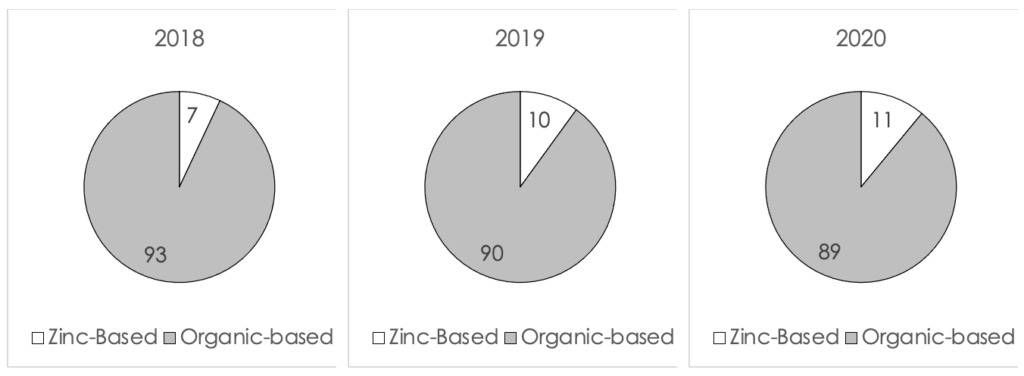
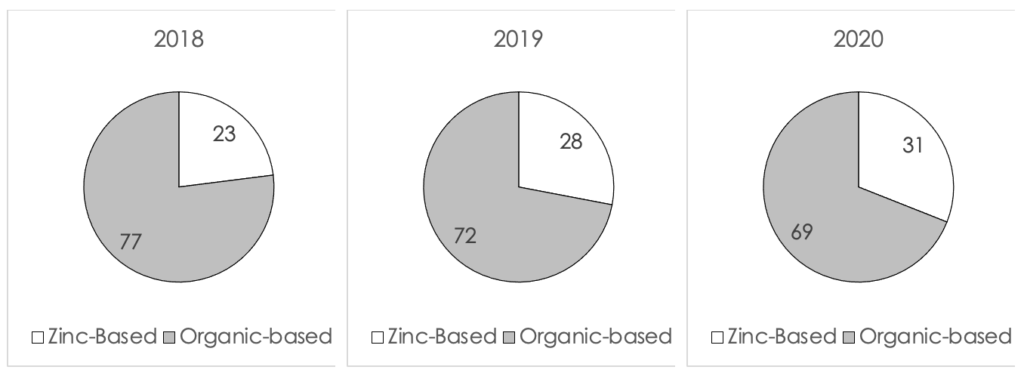

 Amber Evans is a cosmetic industry professional with over a decade of experience and expertise in the science of hair and skin care. In her current role as Senior Manager of Product Development at Moroccanoil, she is responsible for driving the development of high-quality innovative hair & body care products for the successful global brand. She previously worked at as a development scientist at BASF Corporation, where her contributions spanned multiple market segments, including hair, body and oral care, and the technical areas of innovation and claims testing over eight years.
Amber Evans is a cosmetic industry professional with over a decade of experience and expertise in the science of hair and skin care. In her current role as Senior Manager of Product Development at Moroccanoil, she is responsible for driving the development of high-quality innovative hair & body care products for the successful global brand. She previously worked at as a development scientist at BASF Corporation, where her contributions spanned multiple market segments, including hair, body and oral care, and the technical areas of innovation and claims testing over eight years.